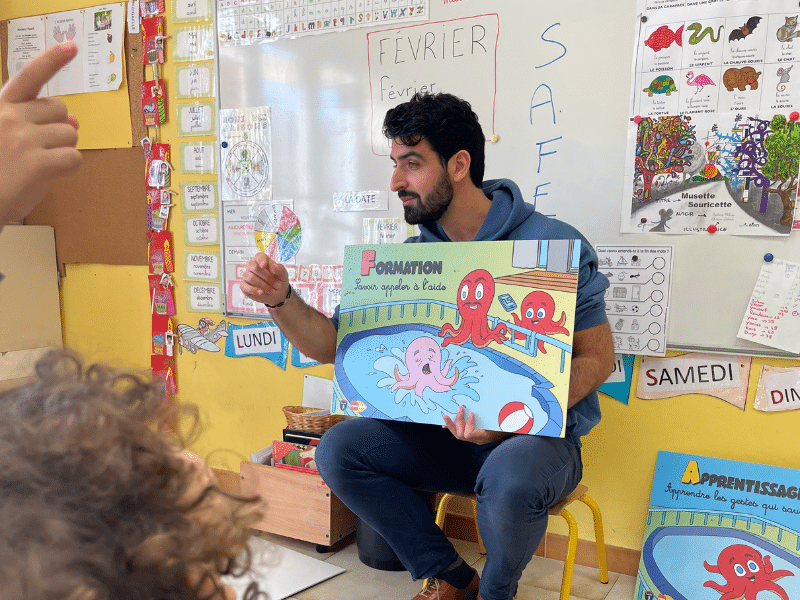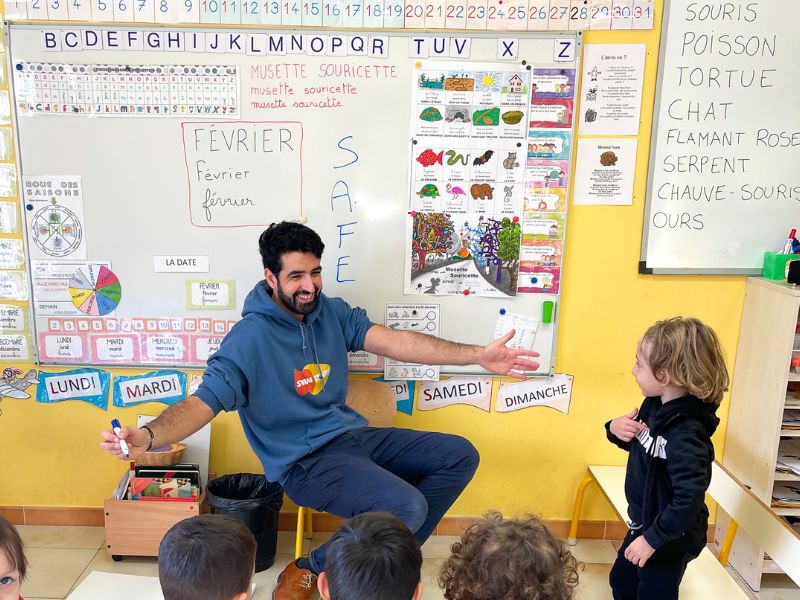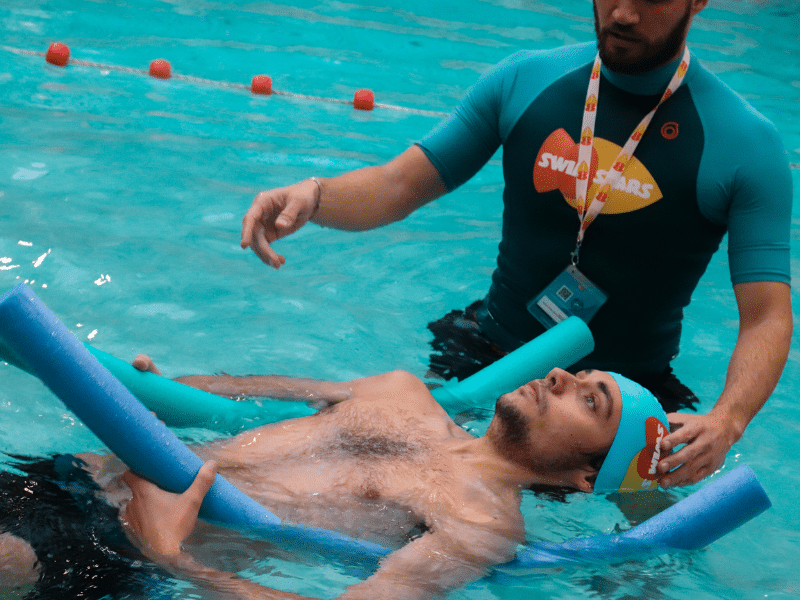To protect all children when they are in the water, we have created a free prevention program to reduce drowning and educate students. Program name:
S.A.F.E water safety intervention
at school. Our mission is achievable with our simple but effective water safety tips!
Why is water safety essential?
Water safety is essential to prevent accidents and drownings. Approximately 46% of drowning deaths are among children under the age of 14. That’s why it’s imperative for adults to ensure a safe swimming environment and to carefully supervise children. It is also important to know basic swimming skills and to make sure that all safety equipment, such as life jackets and life buoys, are on hand. Taking appropriate preventative measures can help ensure the safety of all swimmers and prevent unnecessary tragedies.
How the S.A.F.E. program can help prevent these drownings
The Swim Stars S.A.F.E. program is an indispensable resource to help prevent drowning in preschoolers. While children are often fortunate to have visits from firefighters to learn about fire safety, it is equally important that they be exposed to educational tips on water safety. That’s why we’ve created a free education program that includes tips for staying safe in and around the water. In addition, our coaches use these same techniques to teach children how to save themselves and swim safely during weekly swim lessons at our pools. With Swim Stars and our S.A.F.E. program, you can have peace of mind knowing your children are well equipped for safe play in the water.
The components of the S.A.F.E. intervention program


The S.A.F.E. intervention program aims to prevent drowning by proposing a 4-pronged approach. First of all, SAFETY is put forward with the need to know the rules to respect in order to avoid risks. Secondly,LEARNING life-saving skills is a crucial part of ensuring water safety. TRAINING allows you to know how to react in case of an emergency and to call for help effectively. Finally, understanding theENVIRONMENT is crucial to being aware of potential dangers in nature. These four components combined ensure a comprehensive and complete approach to drowning prevention
Provide guidance to schools on how to start the S.A.F.E. program.
Here are some professional tips. First, make sure you have a clear plan for implementing the program, including the date chosen, communication with teachers and parents. Then, remember to encourage students to practice their water safety skills whenever they have the opportunity to do so. Establish a follow-up before and after the S.A.F.E. programs to prepare the students, teacher and coaches who will be intervening. This will allow us to see the students’ progress throughout and provide feedback to parents.
To register, you must fill out the form on 👉
this link
As a principal, teacher or parent of a child who loves to swim, it is important for you and your students/children to stay safe in and around the water. The S.A.F.E. Water Safety Program was developed with this in mind, so that we can all better understand how to prevent the common risks associated with swimming and recreational water use, without sacrificing fun times by the pool or beach! Through hands-on lessons and materials such as instructional videos, interactive worksheets and safety pins for swimmers of all levels the program will help create an atmosphere of safety while teaching lifesaving techniques that may well save lives one day soon!
- Children aged 3 to 10 years.
- FREE School Drowning Prevention Program.
- Duration: 20 minutes per class.
- Our speakers intervene inschools /associations/ leisure center.
As a principal, teacher or parent of a child who loves to swim, it is important for you and your students/children to stay safe in and around the water. The S.A.F.E. Water Safety Program was developed with this in mind, so that we can all better understand how to prevent the common risks associated with swimming and recreational water use, without sacrificing fun times by the pool or beach! Through hands-on lessons and materials such as instructional videos, interactive worksheets and safety pins for swimmers of all levels the program will help create an atmosphere of safety while teaching lifesaving techniques that may well save lives one day soon!
Recent Posts
- At what age can my child start baby swimming?
- Why it’s never too late to learn to swim
- Overcoming aquaphobia: how to effectively overcome fear of water
- The importance of taking swimming lessons from the start of the school year and throughout the year
- Common mistakes made by beginner swimmers and how to avoid them
Facebook
LinkedIn




